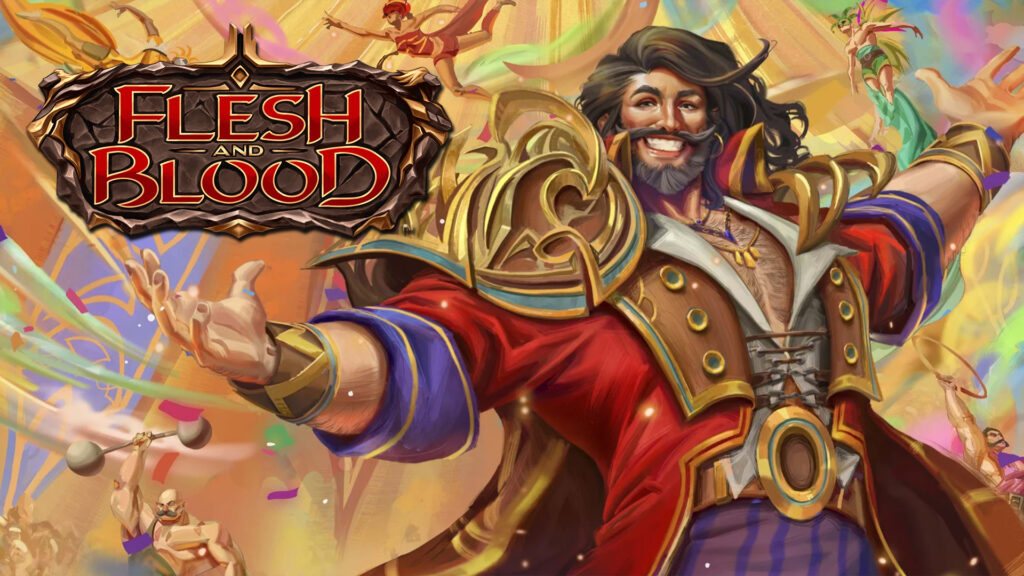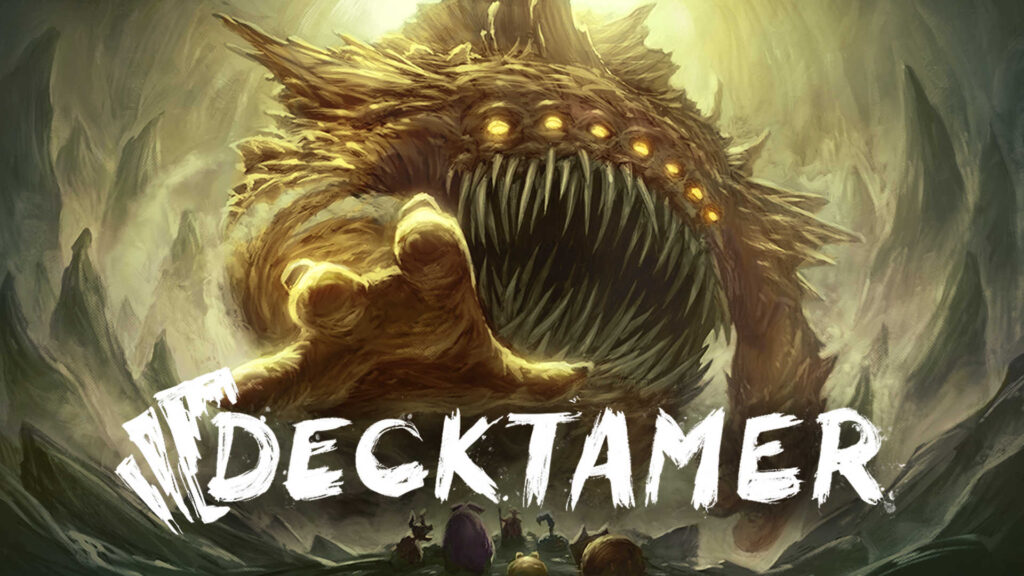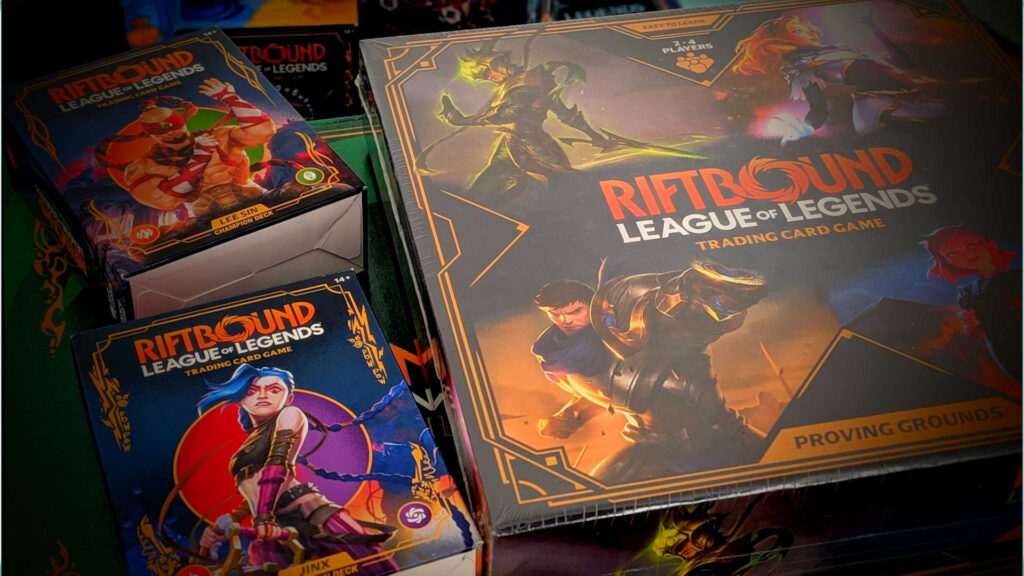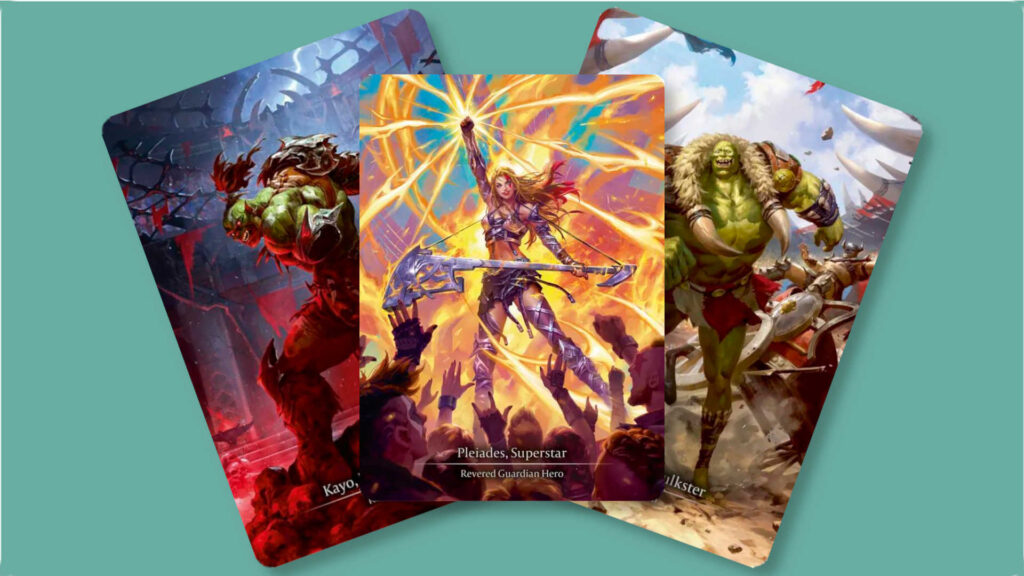Images courtesy of Legend Story Studios
Unless you, like me, prefer to main terrible non-mainstream Flesh and Blood heroes, you must, one day, confront the possibility of your favorite hero hitting the threshold of one thousand Living Legend points. For the unfamiliar: this would mean that your hero would be taken out of the pool of viable heroes for the Classic Constructed or Blitz format.
Today we’re walking you through the Dos and Don’ts of having your main hero hit Living Legend. But before we do, let’s take some time to recap what the Living Legend system is all about.
Table of Contents
ToggleWhat Is the Living Legend System?
Put simply, the Living Legend system is Flesh and Blood‘s way of keeping its premier formats, Classic Constructed and Blitz, fresh and interesting. Once a hero has accrued a number of wins in official tournaments, that hero will be deemed a Living Legend and become unusable in the format that they ascended in. Each win grants a number of Living Legend points proportionate to the size and importance of the event.
Alongside that hero, their signature weapon will also rotate out. For the most part, the signature weapon of a hero will be the one you’re likely to use. But if you’re unsure what signature weapon is paired with your hero, you can look it up on the Flesh and Blood website, as well as the current points level of each hero. Living Legend points are tracked separately for Blitz and Classic Constructed, with wins in one format not affecting the Living Legend pool of a given hero for the other format.
Things to Do When Your Main Hero Reaches Living Legend
So with that out of the way, what do you do when your hero of choice has hit Living Legend? While the answer to that question is ultimately down to context and personal preference, here are some tips that are going to be broadly helpful while navigating your hero getting essentially banned.
1: Don’t Sell All Your Cards (Unless You Know Exactly What You’re Doing)
For the most part, Legend Story Studios has been very vocal about the fact that they’re looking to keep certain class and talent combinations around. This means that, to pick a recent example, now that Zen, Tamer of Purpose and Enigma, Ledger of Ancestry have both hit Living Legend, LSS will print new Mystic Ninja and Mystic Illusionist heroes at some point in the future.
In the past, we’ve seen this happen with Chane, Bound by Shadow being replaced by Vynnset, Iron Maiden and Prism, Sculptor of Arc Light reborn as Prism, Awakener of Sol. As a rule, the new iteration of a hero is likely to have significant overlap in their card pool with their predecessor.
So unless you’re very confident that a given card won’t be applicable to the new version of your favorite hero, it would be unwise to sell off huge parts of your collection. For example, just about everyone could have told you that chances were slim for a new version of Prism to retain her frankly busted signature weapon Luminaris. But it’s likely that you’ll be able to use the cards in your favorite deck again, when your hero – or their successor – makes their way (back) into the game.
2: Find a Similar Hero You Enjoy
But that’s just on the outset – there’s no telling how long it might take for another hero like your favorite to get reintroduced into the game. What are all those Zen and Enigma mains supposed to do while they wait for their favorite decks to get a second wind?
Well, you could go the obvious route and look for other hero options within the same class. Zen mains could pivot to playing Katsu, the Wanderer who, let’s face it, is not going to be hitting Living Legend any time soon, or Ira, Scarlet Avenger. Conversely, Enigma mains could opt to try their hand at becoming Prism mains.
As these examples imply though, going that route with talented heroes does come with its own share of issues. Buying into another talent is likely to be a significant investment, and not every hero has an untalented option.
As an alternative, you might consider what heroes have a similar playstyle to the one you liked and see if there’s a way for you to play the game in the near future there. People who appreciate the deliberate gameplay of the Illusionist class might enjoy playing a similarly controlling Guardian hero, while Ninja mains might want to branch out into playing a boost-heavy go-wide Mechanologist hero, to give some examples.
In general, while looking for a new deck, make sure to use tools like Talishar to playtest and to ask around online or at your local Armory for deck options. People are always happy to talk about their decks, give card-shopping advice, or lend you a deck to try out at a casual event. Another great place for those kinds of discussions and deck-specific questions is the fairly active Flesh and Blood subreddit, r/FleshandBloodTCG.
3: Play Other Formats
If you’re dead set on not buying into a new hero, just playing your hero in the other premier format that they haven’t hit Living Legend in might be an option. That is to say, playing a hero that has hit Living Legend in Classic Constructed in Blitz instead or vice versa.
Consult the Living Legend table on the Flesh and Blood website to check if that’s an option for you. Depending on what format you were previously playing, you might not even have to buy anything. Though if you’re primarily a Blitz player, you may have to buy an additional copy of some key cards to accommodate the maximum of three versions per card in Classic Constructed.
To relive the experience of playing your favorite hero, you might also consider drafting the set they first appeared in. A draft deck is likely going to be a fairly close match in playstyle to the constructed version of the deck, though with a markedly lower power level.
And beyond that, there are a ton of fan-made formats, like Ultimate Pit Fight (UPF, FABs multiplayer analog to Magic‘s Commander), Clash, and Commoner. These don’t employ the Living Legend points system and are therefore another avenue for you to play your favorite hero.
4: Check Out the Living Legend Format
Speaking of different formats: a hero hitting Living Legend doesn’t technically ban them from the game – just from the most popular formats, Classic Constructed and Blitz. Each and every hero that has ever hit the Living Legend threshold, alongside those that haven’t, can still be played in the Living Legend format.
If you want to check out the Living Legend format, you might want to keep in mind that it is an entirely different metagame. While your favorite hero will still be playable there, decks like Bravo, Star of the Show and Chane, Bound by Shadow roam that format. It’s almost guaranteed that your deck will need some tweaks to adjust to the different environment.
You can get an overview of the Living Legend format on the Flesh and Blood website, where LSS provides tournament-winning decklists for each format. The winning lists for the Living Legend format can be found here.
5: Keep Your Eyes Peeled For News of Upcoming Flesh and Blood Sets
Last but certainly not least, you probably want to follow along with news of Flesh and Blood and its upcoming releases on social media – or here on Card Gamer! Just on the basis of a given set’s initial previews, you can sometimes deduce which classes are going to be included. Maybe the next set will give you a new iteration of your favorite hero – or the next hero you’ll fall in love with.
Has this guide been helpful? Do you have some specific first-hand advice that helped you when your hero hit Living Legend? Share them with us in the comments here or on the CardGamer subreddit. We’d love to hear from you!




